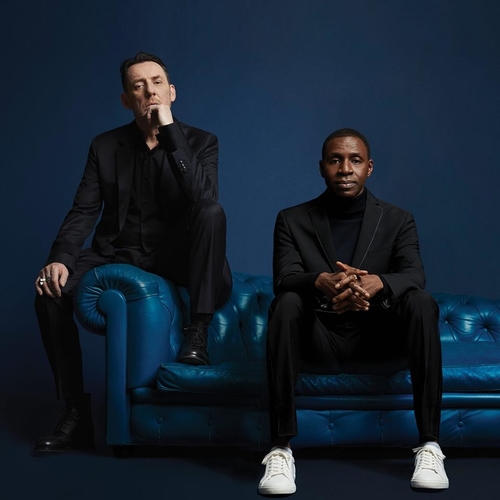FEATURE:
The July Playlist
IN THIS PHOTO: Sampa the Great/PHOTO CREDIT: Getty Images
Vol. 2: Oh My Gosh!
___________
THERE have been some pretty tasty releases…
IN THIS PHOTO: Anna Meredith/PHOTO CREDIT: Kate Bones
this week and there are some really big names in the pack. Not only is there a hot new track from Sampa the Great but Beyoncé has released a new song (from The Lion King soundtrack) - and it sees her go in a slightly different direction. Not only that but BANKS and Anna Meredith have new tracks; so too do Villagers and Mystery Jets; throw in some gold from Gruff Rhys and The Murder Capital and it is a reliably eclectic and solid week! I love what is on offer and I suggest people dig deep into this week’s collection of tracks. It is another warm weekend so this is a perfection selection to take with you – or stay at home and enjoy at your leisure. With some true gems out this week, I guarantee there is something in this assortment that…
IN THIS PHOTO: Gruff Rhys/PHOTO CREDIT: Tom Oxley/NME
YOU will love.
ALL PHOTOS/IMAGES (unless credited otherwise): Getty Images/Artists
__________
Sampa the Great – OMG
PHOTO CREDIT: Graham Tolbert & Crystal Quinn
Bon Iver – Faith
Mystery Jets – Hospital Radio
PHOTO CREDIT: Robyn Beck
Beyoncé – Spirit (From Disney’s The Lion King)
Villagers – Summer’s Song
BANKS – Contaminated
Anna Meredith – Paramour
Mark Ronson (ft. Camila Cabello) - Find U Again
PHOTO CREDIT: Jake Haseldine
Marsicans - Little Things
Gruff Rhys – Pang!
Billie Eilish (with Justin Bieber) - bad guy
IN THIS PHOTO: Ed Sheeran
Ed Sheeran (ft. Eminem & 50 Cent) - Remember the Name
Sheryl Crow, Jason Isbell – Everything Is Broken
PHOTO CREDIT: Luke Hannaford
Oh Sees - Poisoned Stones
PHOTO CREDIT: Ben Gibson
Elton John – Never Too Late
Dizzy – Heavy
Emeli Sandé – Shine
EVE (ft. Konshens) - Reload
PHOTO CREDIT: Gavin Ovoca



























































































































































































































